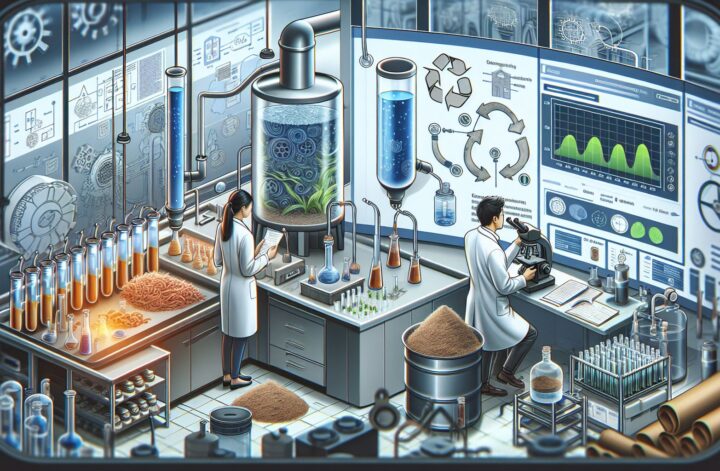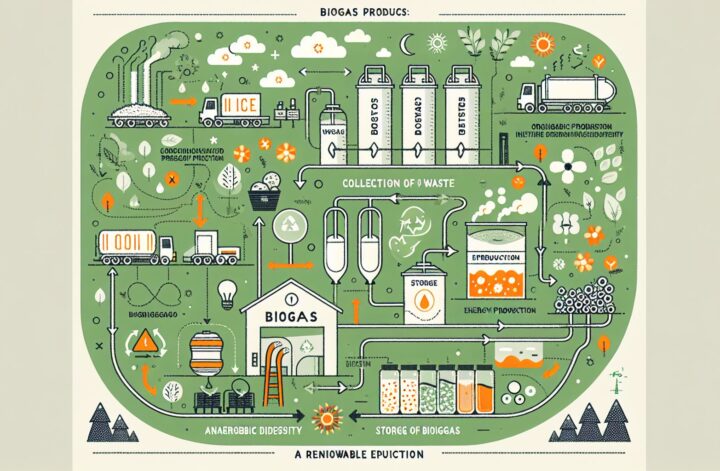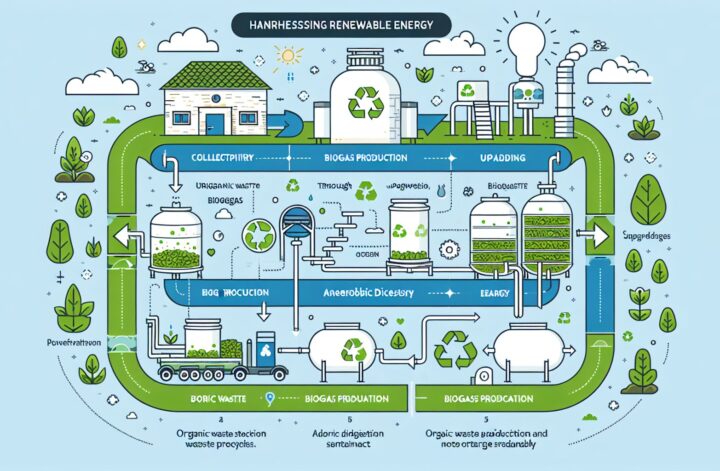Over the past decades, energy has powered diverse human activities, from cooking meals and warming homes to fueling vehicles and running industries. Traditionally, non-renewable sources like coal, petroleum, and natural gas have dominated this sector. However, their environmental impacts and depletion rates border alarming. Today’s savvy world is seeking more sustainable alternatives, with the spotlight shinning on renewable energy. Notably, biogas production is dramatically growing, with profound implications for climate action, waste management, economic growth, and rural development. This comprehensive discussion highlights the biogas production process, benefits, and challenges, offering a foundation to appreciate this great leap towards sustainability.
Understanding Biogas
Before delving into the intricacies of biogas production, we need to answer a fundamental question: what is biogas? Biogas is a renewable energy source produced from the biological breakdown of organic material in the absence of oxygen in a process called anaerobic digestion [^1^]. This gas comprises largely of methane and carbon dioxide, with traces of other compounds like hydrogen, nitrogen and hydrogen sulfide.
The Biogas Production: Step-by-step
Biogas production undergoes a four-step process: hydrolysis, acidogenesis, acetogenesis, and methanogenesis. Let’s walk through each of these processes.
Hydrolysis
Hydrolysis marks the beginning of biogas production. Here, hydrolytic bacteria break down the organic material into simpler compounds including sugars, amino acids, and fatty acids. This process is critical in converting insoluble organic matter into soluble organic compounds.
Acidogenesis
The soluble organic compounds from hydrolysis are further broken down into volatile fatty acids and alcohols. This step is marked by a drop in pH, which if too drastic can inhibit the subsequent steps. Thus, the acidogenesis phase requires careful control and monitoring.
Acetogenesis
In the acetogenesis stage, acetogenic bacteria convert the volatile fatty acids and alcohols into acetic acid, carbon dioxide, and hydrogen.
Methanogenesis
The last phase is methanogenesis, where methanogenic archaea convert the acetic acid, carbon dioxide, and hydrogen into methane, carbon dioxide and water.
Benefits of Biogas Production
Biogas production carries a suite of benefits from environmental to economic spheres:
-
Renewable Energy Source: The main components of biogas, methane and carbon dioxide, are excellent sources of energy. This gas can be used in cooking, heating, electricity production, and even in vehicles as a biofuel.
-
Waste Management: Biogas production prevents the release of harmful materials into the environment by treating organic waste from households, farms, and industries.
-
Climate Action: By capturing methane, a potent greenhouse gas, before it’s released into the atmosphere, biogas production plays a significant role in mitigating climate change.
-
Digestate for Soil Fertility: The byproduct from biogas production, known as digestate, makes an excellent organic fertilizer, thus reducing the need for chemical fertilizers and improving soil health.
-
Rural Development: Biogas installations increase job opportunities, offering a dynamic way to foster rural and economic development.
Challenges and Way Forward
However, biogas production is not without challenges, including suboptimal efficiency, high initial investment, and operation and maintenance difficulties. On the bright side, we are heightening our understanding of the anaerobic digestion process, innovating biogas upgrading and refining techniques, and advancing scientific know-how to tackle these barriers.
In conclusion, biogas production bears a fantastic promise to generate renewable energy, combat global warming, foster sustainable waste management, and promote rural development. As we strive to address the inherent challenges, the full potential of biogas is unfolding, and it’s massive – a step in the right direction towards the world we all desire to live in.




